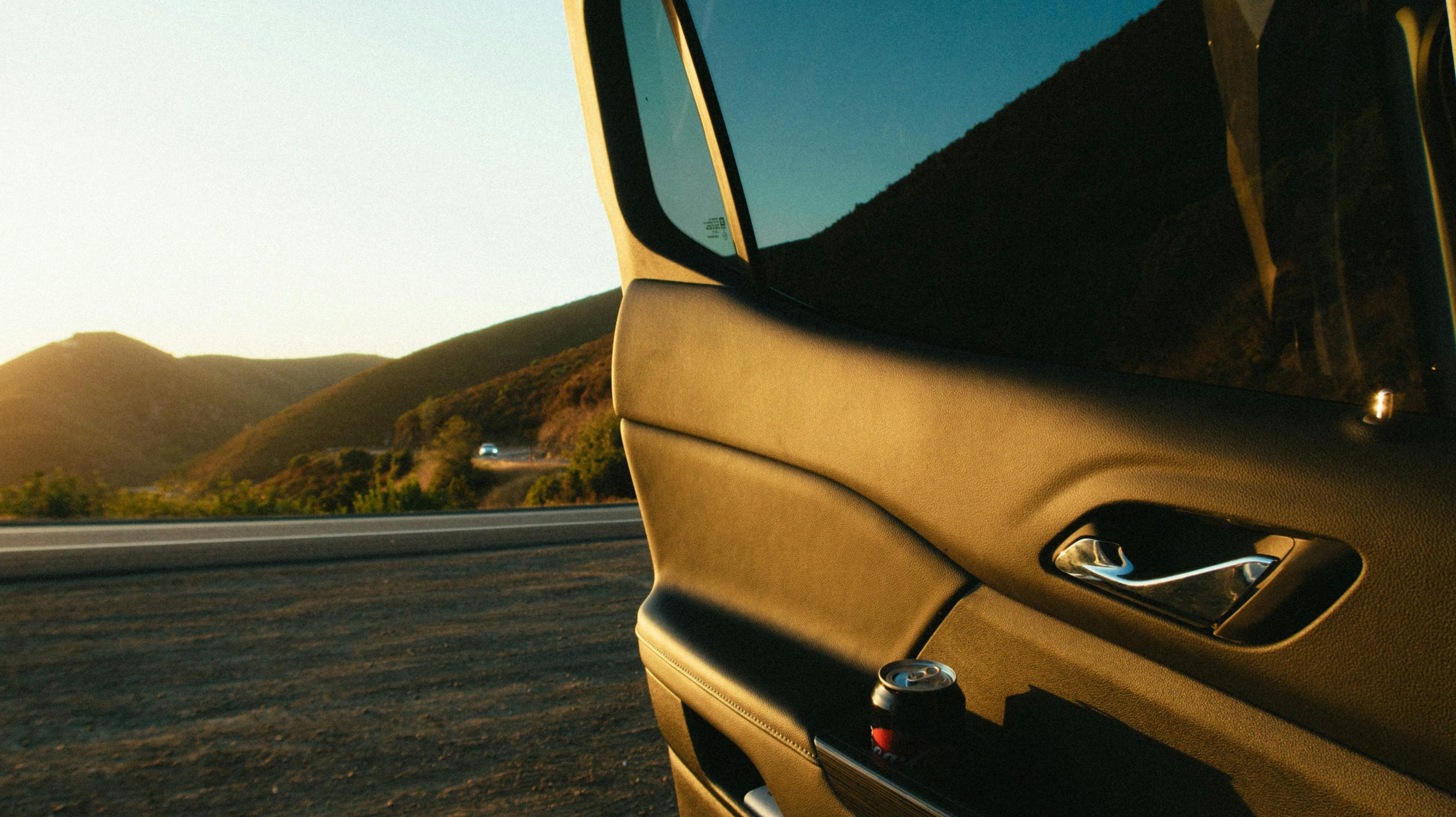Guidelines for Reinstalling Windows on a New NVMe Drive While Maintaining Your Existing Drive
Upgrading your computer storage with a new NVMe SSD can significantly improve system performance, but the process of reinstalling Windows while keeping your current drive connected can raise some questions. One common concern is whether this approach might lead to booting issues or confusion during startup.
Can You Reinstall Windows on a New NVMe Drive While the Existing Drive Is Still Connected?
Yes, it is technically possible to install Windows on a new NVMe SSD while the existing drive remains connected. However, there are several important considerations to ensure a smooth setup and boot process:
- Choosing the Correct Boot Drive During Installation
When installing Windows, the installer should recognize all connected drives. To avoid accidental data overwriting, carefully select the new NVMe drive as the installation target. If multiple drives are present, double-check the drive size and labels during the installation process to ensure the OS is installed on the intended device.
- Addressing Boot Priority Settings
After installation, your system’s BIOS or UEFI firmware may default to boot from your existing drive. You will need to verify and, if necessary, adjust the boot order so that the system boots from the new NVMe SSD. This step is crucial, especially if your existing drive contains a previous Windows installation that might interfere.
- Post-Installation Data Management
Once Windows is successfully installed on the new SSD, you can copy over personal files, such as files from your user folder. Since the old drive is intended to be wiped after the installation, ensure all important data has been backed up before proceeding.
- Physical Accessibility and Maintenance
In some systems, accessing certain components might require removing the graphics card, especially if the NVMe slot is located beneath it. While this can be inconvenient, it’s often the safest way to physically install or disconnect drives. If planning to remove hardware, take appropriate static precautions and follow your system’s maintenance guidelines.
Potential Pitfalls and Recommendations
-
Boot Confusion: Having multiple Windows installations can cause the system to present a boot menu on startup. To simplify boot management, consider disconnecting or disabling the old drive temporarily during installation, then reconnecting it once your new system is configured.
-
Drive Letter Assignments: Post-installation, verify that drive letters are correctly assigned, especially if you plan to access data on the old drive after the new OS
Share this content:

